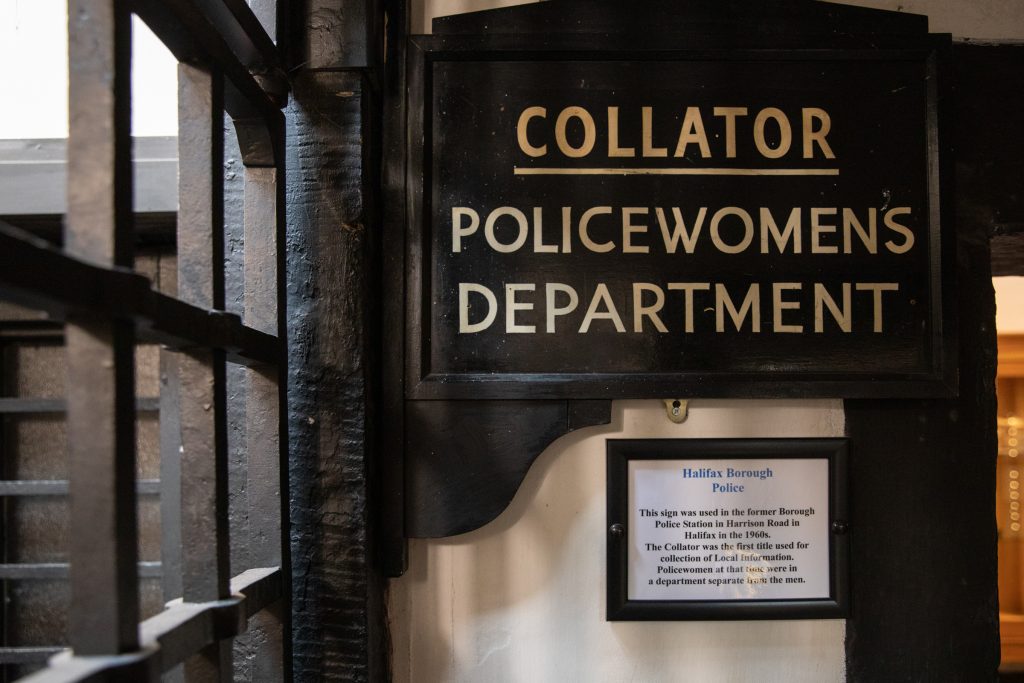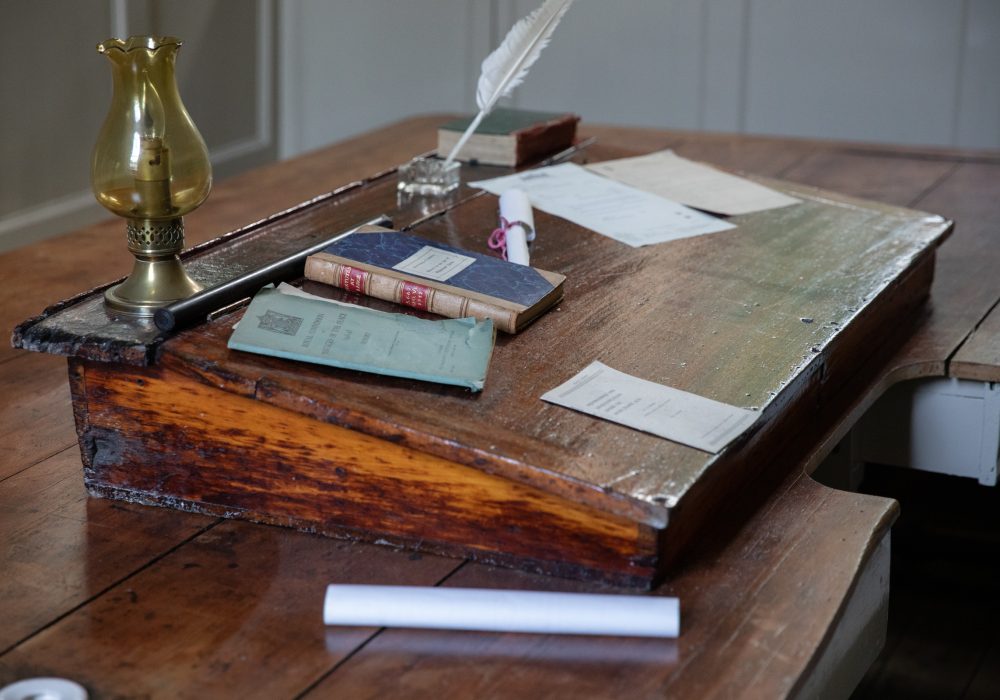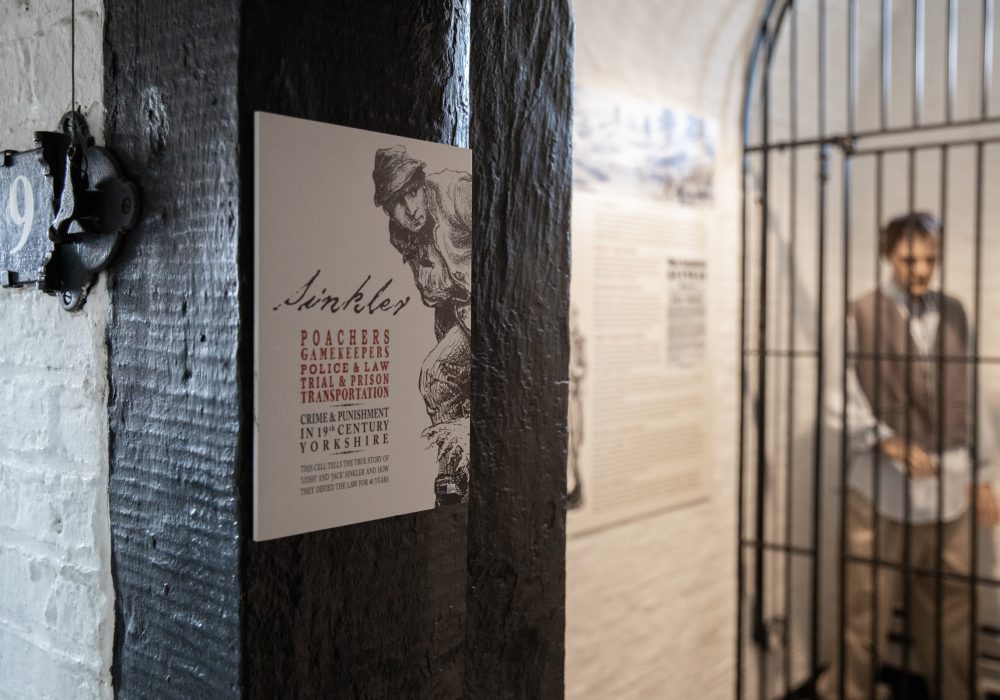Until the 20th century, all police officers were male. It wasn’t until 1889 that women became involved in policing, as Police Matrons, employed to supervise and search female and child offenders while they were being held in police stations and the courts.
World War I changed this story. With a lack of available men, women were called upon to perform police duties. In 1914, Nina Boyle and Margaret Damer Dawson formed the Women Police Volunteers, which reformed a year later as the Women’s Police Service. In 1915, Edith Smith became the first female police officer in Britain with full powers of arrest and a year later, the Police Act of 1916 made it possible for women to be appointed as police constables.
Edith Smith: The first female police officer
Originally from Birkenhead, Edith Smith was originally a WPV/WPS volunteer, before she was appointed as a police officer in Grantham, Lincolnshire.
Much of her work was centred around dealing with women, especially prostitutes, who had arrived in Grantham in larger numbers due to the army base there. So successful was she that by 1916 she had cautioned 100 women in cases of larceny, as well as numerous drunk cases. Her work saw 10 prostitutes convicted, 10 “returned” to their parents, and a further 50 cautioned for their criminal activities.
Smith was also paid more than the male constables, in honour of her onerous work and extra skills as a nurse. She initially received 28 shillings per week (£1.40), which grew to £2 & 2 shillings per week (£2.50) by 1917.
After World War I
At the end of World War I, the Home Secretary ordered Sir Nevil Macready, Commissioner of the Metropolitan Police, to recruit women into the police force and in 1919, 110 female police officers joined the Metropolitan Police. The first female patrols took to the streets of London, led by Superintendent Sofia Stanley. Patrols were carried out in pairs but the women were closely followed by two male officers who were to step in if anything happened.
In the 1920s, there were several recommendations from the Home Secretary and the Royal Commission on Police Powers and Procedures for police forces to appoint female officers to deal with cases involving women and children, but it was not made compulsory and many forces chose not to, believing that police work was men’s work.
World War II and beyond
World War II again changed women’s fortunes, as the Women’s Auxiliary Police Corps was formed, allowing any woman aged 18 to 55 to join. To begin with, women could only carry out a restricted range of duties, including driving, clerical and canteen work. However, many of these women later became police constables. In 1944, Bertha Massey Gleghorn became Britain’s first female police officer to die in the line of duty, when a bomb hit Tottenham Court Road police station in London and trapped her under the rubble.
Until the 1970s, occupational segregation was still legal and female police officers had separate ranks within separate departments, often in a separate offices, carrying out a separate set of tasks. However, with the introduction of the Equal Pay Act in 1970 and the Sex Discrimination Act in 1975, women officers were merged with men on all shifts and all departments.
In North Yorkshire Police, these changes took place under the command of Chief Constable Boyes. By the end of 1974, female officers were given equal pay and their range of duties were expanded. By 1975, the Police Women’s Department was disbanded and all officers were integrated into a single force.


